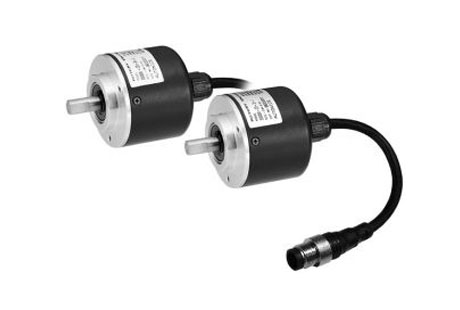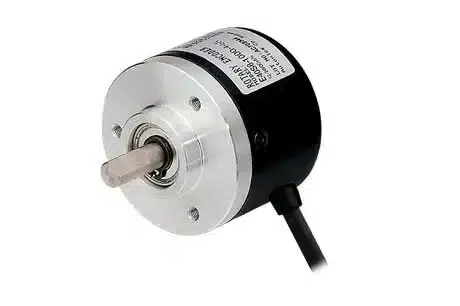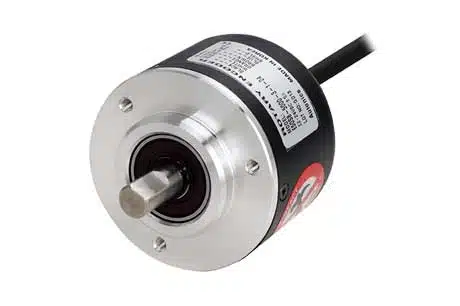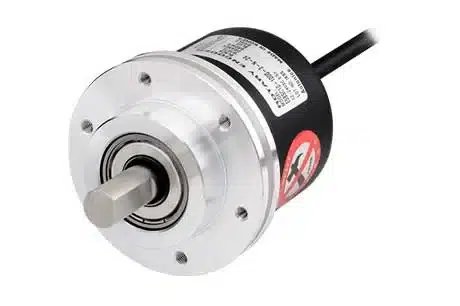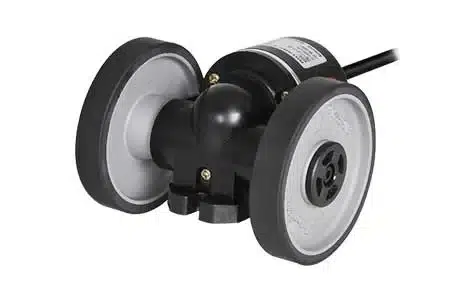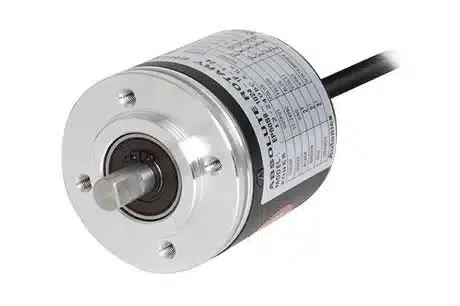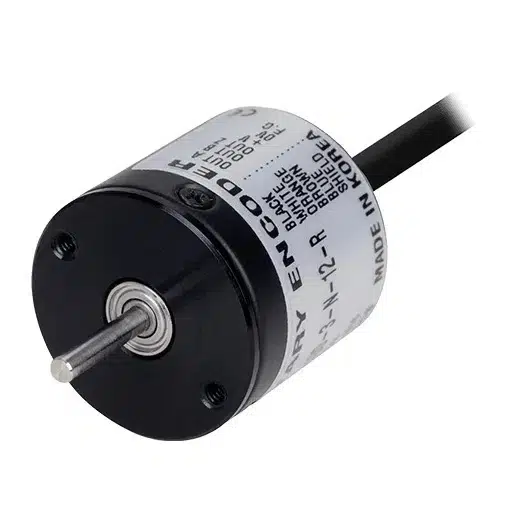Autonics Encoders: Rotary Absolute & Hollow Shaft Encoder
Autonics encoders are special tools for machines. They help machines know where they are. These encoders come in many types for different jobs. The Autonics rotary encoder checks how things spin. The Autonics absolute encoder always knows a machine’s exact spot. The unique Autonics hollow shaft encoder has a special design. And the encoder incremental Autonics measures steps in movement.
IndMALL Automation has these Autonics Incremental Encoders for you. They have popular ones like E50S8 and E40S6. If you want the best deals on Autonics encoders, go to IndMALL. Their prices are often better than other sellers. In short, for all your Autonics encoder needs, IndMALL is a great choice.
Autonics Encoders: E40S Series
The TCN series from Autonics Temperature Controller has many useful features. It comes with a dual digital display and fast sampling. This Controller guarantees % accuracy and offers relay or SSR output choices. Users can pick between ON/OFF or cycle control, and it boasts big display panels. Importantly, it supports both SSR and Relay Output.
E40S Series
Autonics Rotary Encoder: E50S Series
The E50S Series from Autonics Rotary Encoder is a 50 mm tool. It accurately measures angles, positions, spins, speeds, movement, and distances. It comes in different connector types like cable and axial/radial. It can read up to 8000 pulses in one full turn. And it works well with 5VDC and 12-24VDC power sources.
E50S Series
Autonics Absolute Encoder: E58SC Series
The E58SC Series from Autonics Absolute Encoder is a 58mm clamping shaft tool. It’s perfect for measuring angles, positions, spins, speeds, and distances accurately. It has many models and can detect up to 8000PPR. This encoder has different output choices and works with 5VDC and 12-24VDC power.
E58SC Series
Encoder Incremental Autonics: ENC Series
The E58SC Series from Encoder Incremental Autonics is a 58mm clamping shaft tool. It precisely measures angles, positions, revolutions, speeds, and distances. Available in many models, it offers up to 8000PPR resolution. This encoder provides several output choices and is suited for 5VDC and 12-24VDC power sources.
ENC Series
Autonics Hollow Shaft Encoder: EP50S Series
The EP50S Series, part of the Autonics Hollow Shaft Encoder lineup, is a precise single-turn encoder with Ø50 mm casings and Ø8 mm solid shafts. It can read up to 1024 divisions. It comes in different output codes like BCD, binary, and Gray codes, making it ideal for industrial use.
EP50S Series
Autonics Incremental Encoder: E20S Series
The E20S Series is a part of the Autonics Incremental Encoder collection. It’s super small and light, weighing just 35g. With Ø20 mm casings, it’s perfect for tight spaces. Its low shaft inertia ensures minimal effect on the rotation of the equipment it’s attached to.
E20S Series
People Also Ask
What are encoders used for?
Encoders are special devices. They track movement and position.
Imagine a spinning wheel. We want to know how much it turns. Encoders help with that.
They change movement into signals. These signals can be read by computers. The computer then knows the wheel’s position.
There are two main types. One counts steps. The other checks direction and speed.
Encoders are used in many places. Robots, elevators, and printers are a few examples.
In short, encoders help machines know where things are. They make sure everything moves just right.
What are the components of rotary encoder?
A rotary encoder is a device. It measures rotation or turning movement.
First, it has a disk. This disk has patterns or slots. It turns with the movement.
Next, there’s a light source. It shines light through the disk. Opposite the light is a receiver.
The receiver catches light. When the disk turns, light patterns change. The receiver notices these changes.
Then, there are electronics. They turn light patterns into signals. Computers can read these signals.
In short, a rotary encoder has a disk, light, receiver, and electronics. Together, they track and measure turning.
How does a rotary encoder module work?
A rotary encoder module measures turn. Let’s see how it works.
Inside, there’s a turning disk. This disk has marks or slots on it. It moves when something spins.
Beside the disk is a light. This light shines through or onto the disk. On the other side, there’s a sensor.
As the disk spins, the light changes. The sensor sees these light changes. It knows how much the disk has turned.
The module then sends signals. These signals tell a computer or machine about the turning.
In short, as something turns, the encoder senses it. It tells machines how much and how fast.
What does a rotary encoder output?
A rotary encoder gives information. It tells about turning movement.
When something spins, the encoder tracks it. It then creates signals from this movement.
These signals are called “pulses.” Pulses tell how far something turned. More pulses mean more turning.
Some encoders also give directions. They give two sets of pulses. By comparing, we know if it turned left or right.
Lastly, these pulses go to machines or computers. They help control movement or show position.
In short, encoders give out pulses. These pulses share details about rotation and direction.
Buy Premium Autonics Encoders – Upgrade with IndMALL Automation

